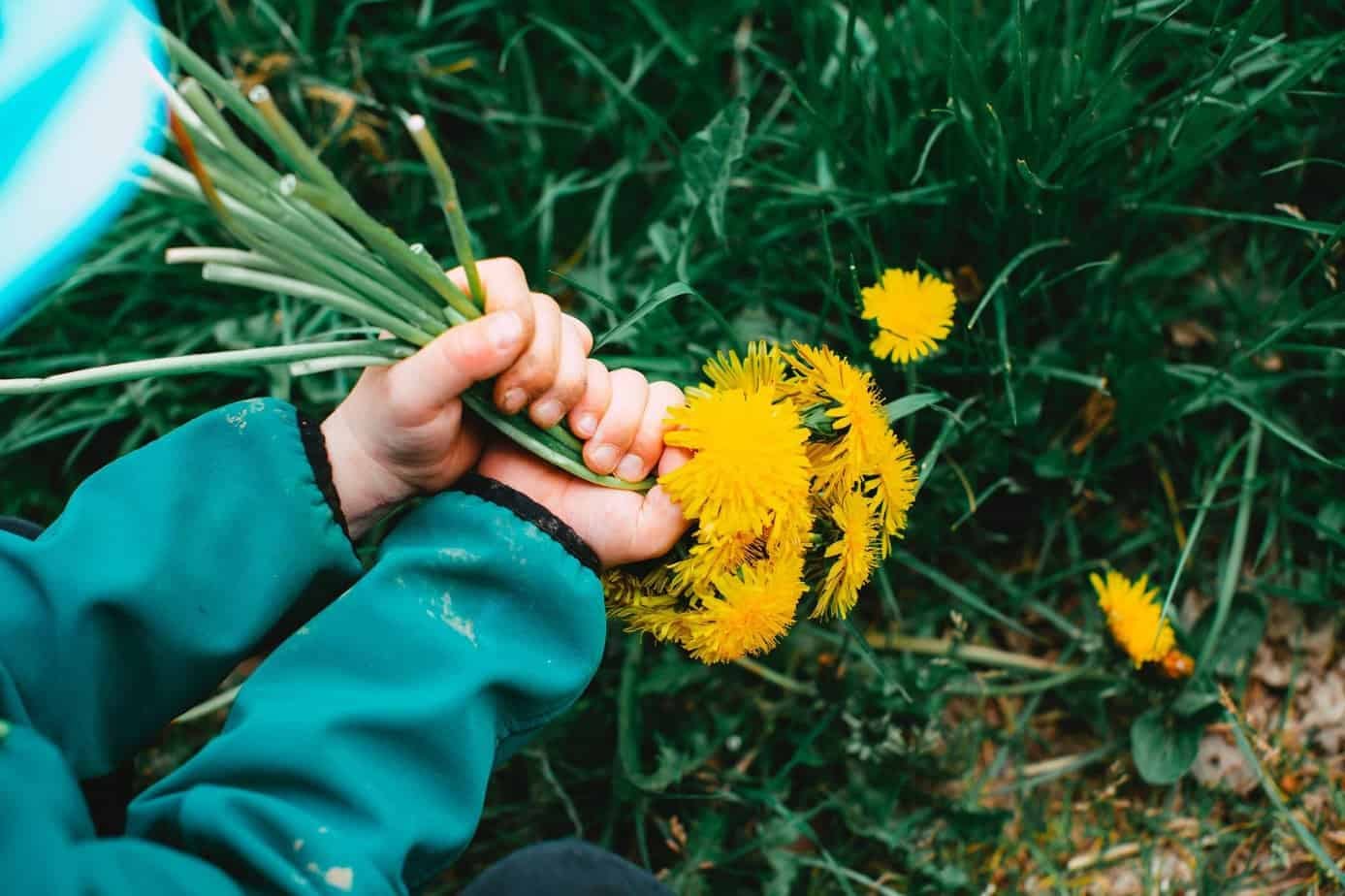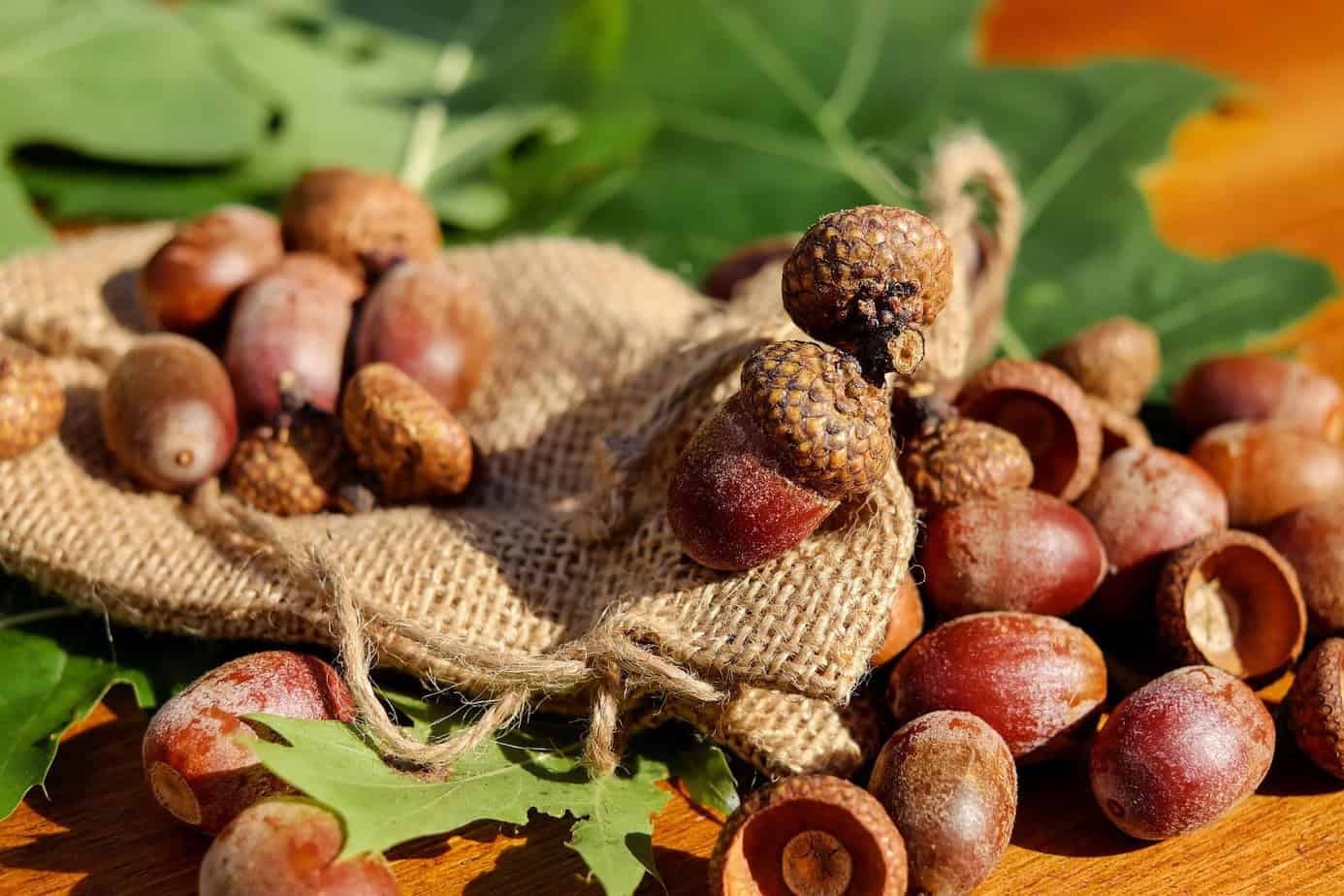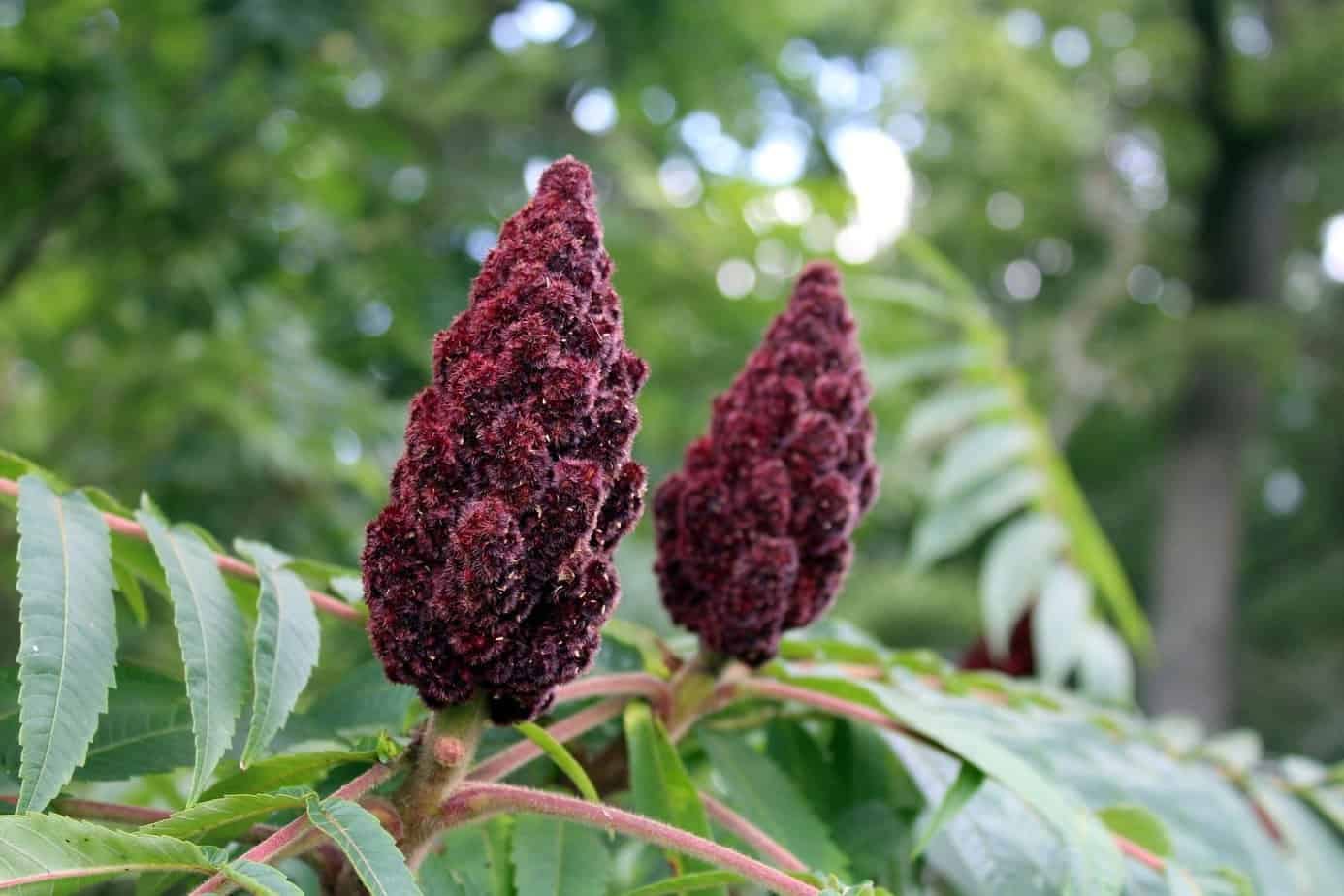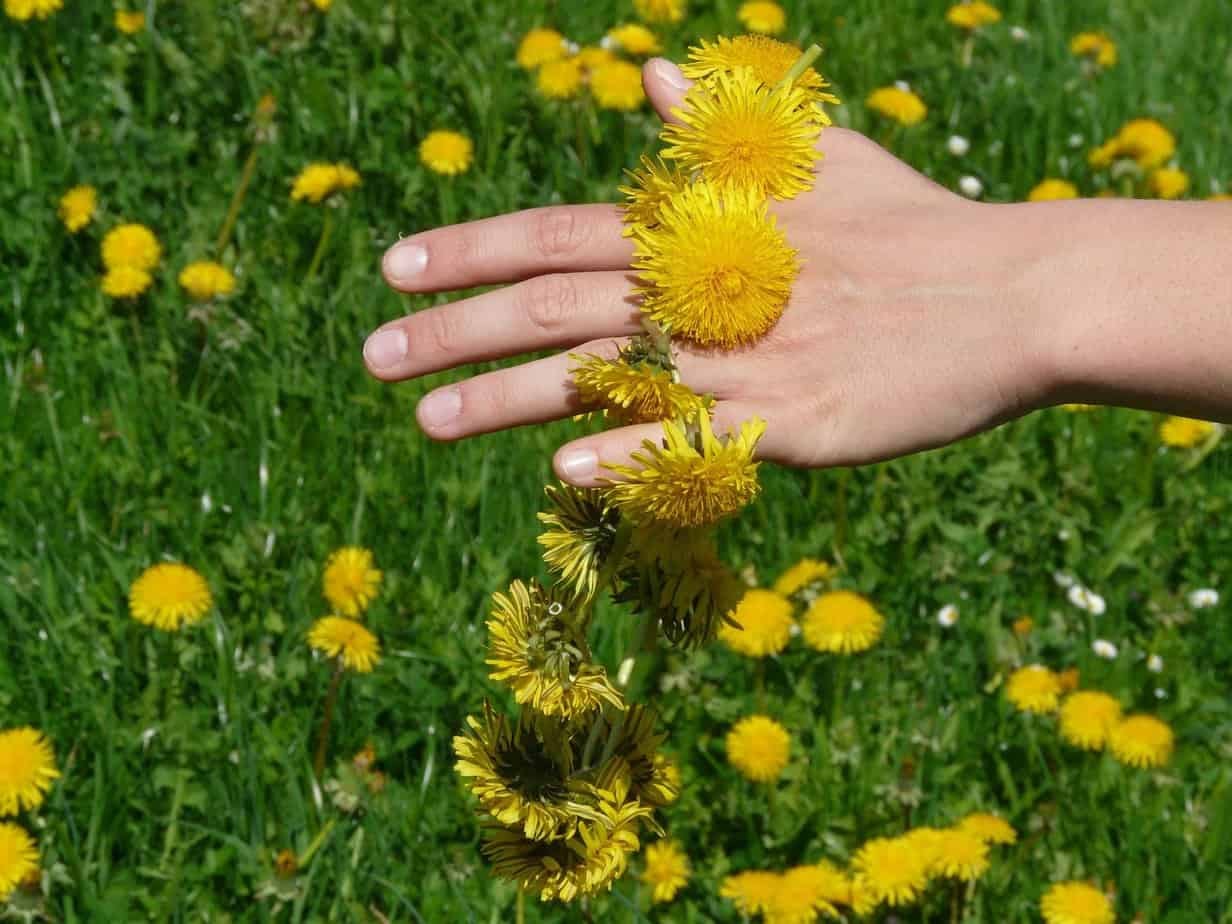Do You Know About Urban Food Foraging?
If Shit Hit The Fan - Can You Find Things To Eat As You Evacuate Town?
In the midst of urban landscapes teeming with concrete and steel, the concept of urban food foraging emerges as a compelling and sustainable way for city dwellers to reconnect with nature and foster self-sufficiency. While the idea of foraging may seem incongruent with the urban lifestyle, it opens up a world of possibilities for those willing to explore the edible treasures hidden amidst the concrete jungle.
Urban food foraging serves as a gateway to rediscover the often-overlooked abundance of natural resources that exist within city limits. It provides a tangible link between individuals and the environment, offering a unique perspective on the edible flora thriving alongside bustling streets and city parks. By engaging in this practice, urbanites can cultivate a deeper connection with the natural world, fostering a sense of mindfulness and ecological awareness.
One of the primary advantages of urban food foraging lies in its accessibility. Unlike traditional foraging, which may require venturing into remote wilderness areas, urban foraging brings the bounty of nature to your doorstep. City parks, vacant lots, and even roadside greenery become veritable treasure troves of edible delights. For instance, dandelions, commonly dismissed as weeds, reveal themselves as nutritious greens rich in vitamins A and C, while mulberries dangling from city trees offer a sweet and seasonal treat.
In urban environments, edible plants manifest in various forms, ranging from fruit-bearing trees to vibrant wildflowers and aromatic herbs. Consider the ubiquitous purslane, often sprouting through sidewalk cracks, a succulent green rich in omega-3 fatty acids. Similarly, chicory, with its blue flowers dotting roadsides, provides edible leaves and roots. By learning to identify and harvest such urban edibles, individuals not only diversify their diets but also reduce their reliance on commercially grown produce, contributing to a more sustainable food system.
Furthermore, urban food foraging promotes a sense of empowerment and resilience in the face of economic uncertainties or disruptions in the food supply chain. In times of crisis, the knowledge of local edible plants transforms into a valuable asset, allowing individuals to supplement their diets with fresh, locally sourced foods. This newfound self-sufficiency contributes to a sense of food security, reinforcing the idea that sustenance can be found within arm's reach.
Urban food foraging offers a holistic and transformative experience for city residents. It is a celebration of the resilience of nature within urban environments, an opportunity to forge a meaningful connection with the natural world, and a practical means of fostering self-sufficiency. By exploring the edible potential of their surroundings, urbanites can cultivate a more sustainable and harmonious relationship with the environment, one foraged delicacy at a time.
Here's a list of 20 common and often-overlooked foodstuffs that can be found and consumed in urban areas through food foraging:
Dandelions (Taraxacum officinale): The entire plant is edible, from the leaves to the flowers, providing a source of vitamins A and C.
Mulberries (Morus): These sweet berries grow on trees commonly found in urban areas, offering a tasty and nutritious treat.
Purslane (Portulaca oleracea): Often considered a weed, purslane is a succulent green rich in omega-3 fatty acids.
Chicory (Cichorium intybus): Both the leaves and roots of chicory can be consumed, adding bitterness to salads or brewed as a coffee substitute.
Plantain (Plantago major): Not to be confused with the banana-like fruit, plantain leaves are edible and can be used in salads or as a cooked green.
Wild Garlic (Allium ursinum): Urban parks and green spaces may host wild garlic, offering a flavorful addition to dishes.
Chickweed (Stellaria media): This common weed has tender leaves that can be added to salads or used as a garnish.
Acorns: Abundant in many urban areas with oak trees, acorns can be processed to make flour or roasted for a nutty snack.
Rose Hips (Rosa): After the petals fall, rose hips develop and can be used to make tea or jam, providing a vitamin C boost.
Violets (Viola odorata): Both the leaves and flowers of violets are edible and can be used in salads or to make syrup.
Daylilies (Hemerocallis): The flowers are not only beautiful but also edible, with a slightly sweet taste.
Japanese Knotweed (Fallopia japonica): Considered invasive, young shoots of Japanese Knotweed can be eaten and taste similar to rhubarb.
Urban Fruit Trees (Apple, Pear, Plum): Many urban areas have fruit-bearing trees lining streets or in public spaces.
Linden Flowers (Tilia): The fragrant flowers can be used to make tea, known for their calming properties.
Garlic Mustard (Alliaria petiolata): An invasive species, garlic mustard leaves have a mild garlic flavor and can be used in various dishes.
Burdock (Arctium): The root is edible and can be cooked or added to soups, providing a mild, earthy flavor.
Wild Radish (Raphanus raphanistrum): Found in disturbed areas, wild radish leaves and flowers can be eaten.
Hazelnuts (Corylus): Hazelnut bushes may be found in urban green spaces, offering tasty nuts.
Maple Seeds (Acer): Maple trees produce seeds known as samaras, which can be roasted and eaten.
Thistle (Cirsium): The young leaves and stems of certain thistle varieties can be prepared and eaten.
Before engaging in urban foraging, it's crucial to ensure proper plant identification, as well as to adhere to local regulations and ethical foraging practices to sustainably enjoy the benefits of the diverse edible flora present in urban environments.









